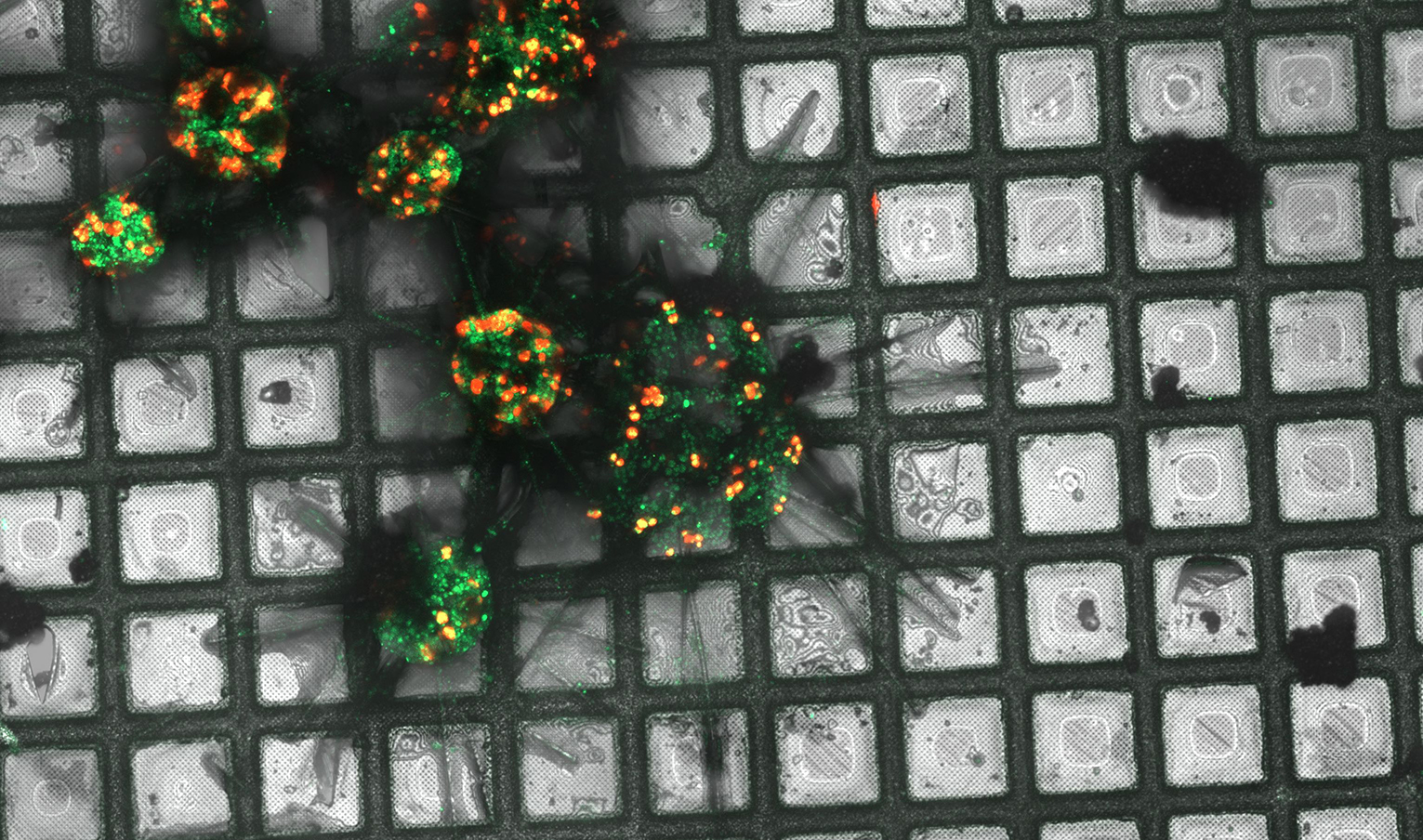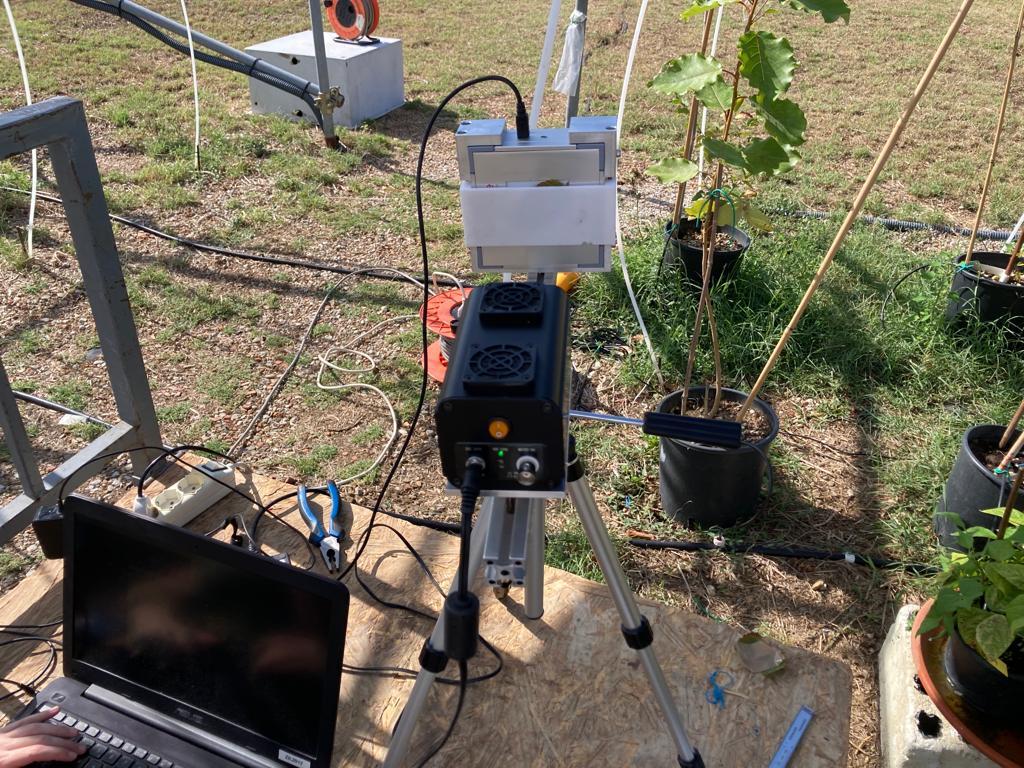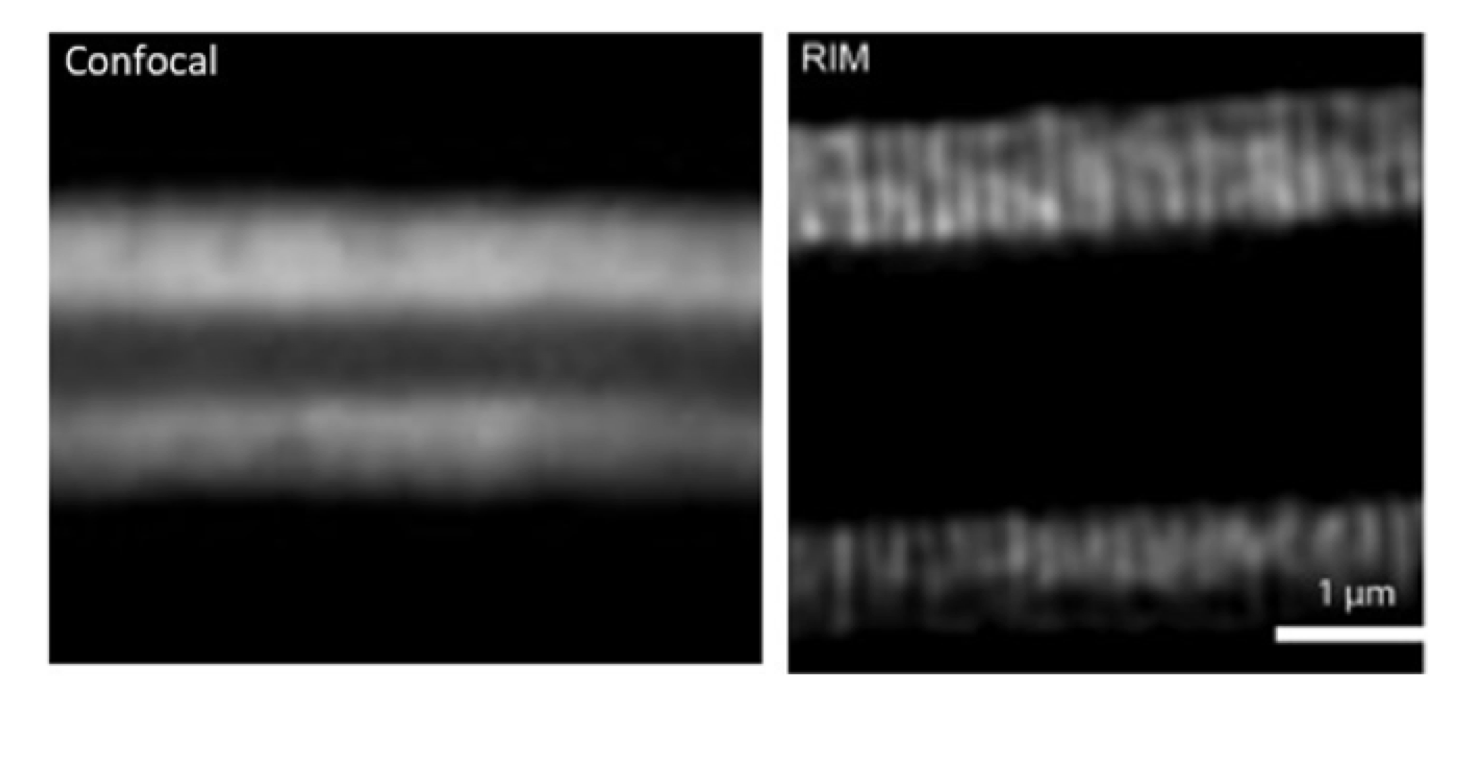











February 23, 2023
Expansion Microscopy: Enabling super-resolution microscopy to be performed on diffraction limited microscopes
Want to look at subcellular structures such as mitochondria, centrioles and microtubules in super-resolution? Only have access to conventional diffraction-limited microscopes? By physically expanding…